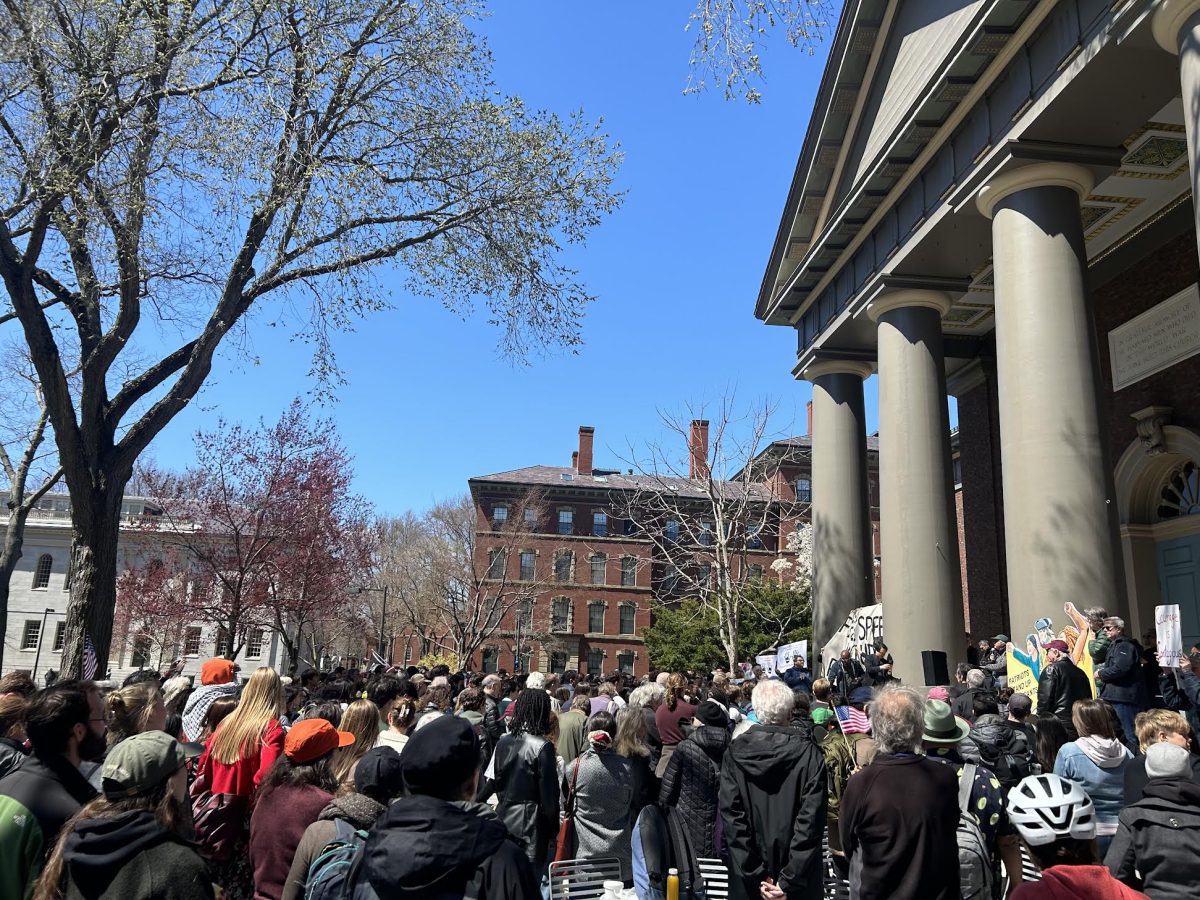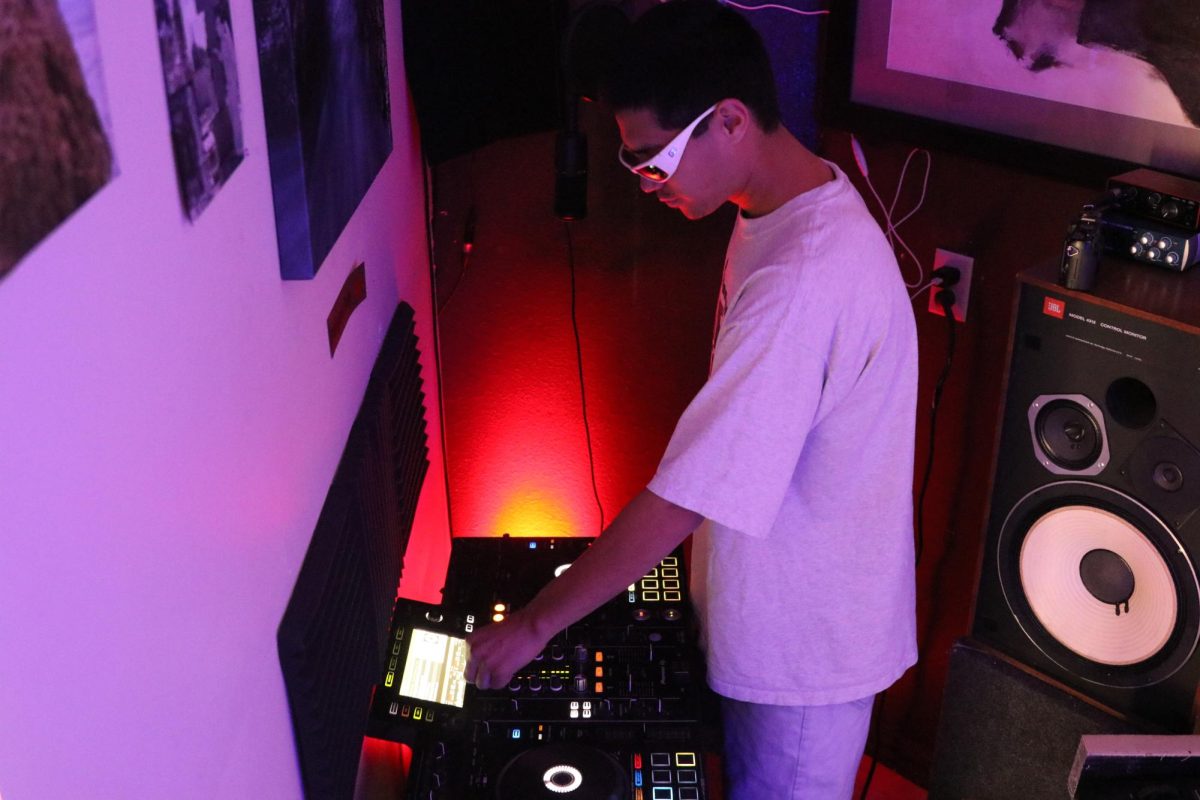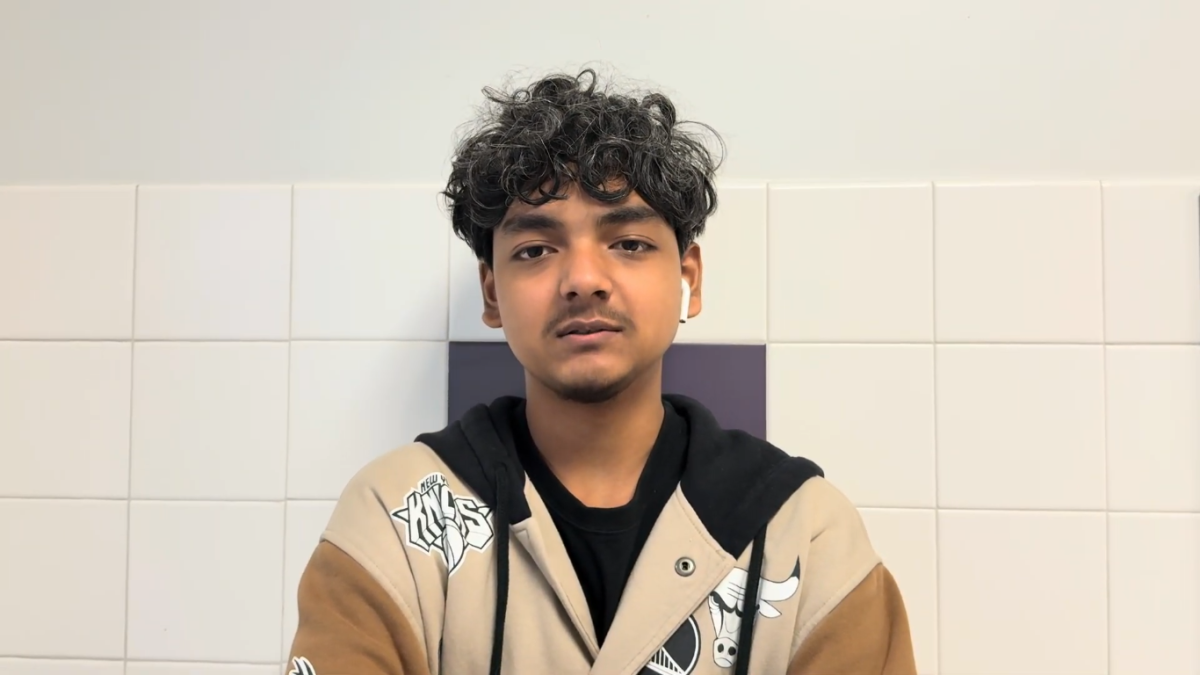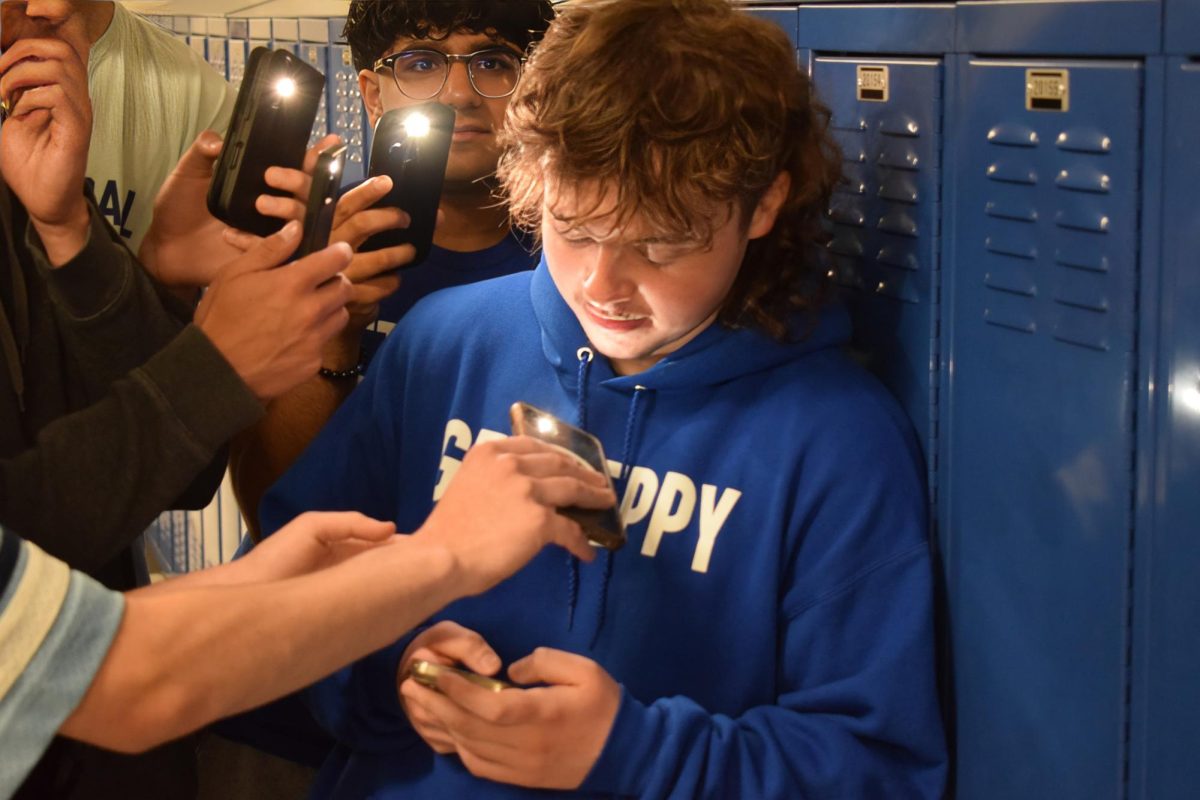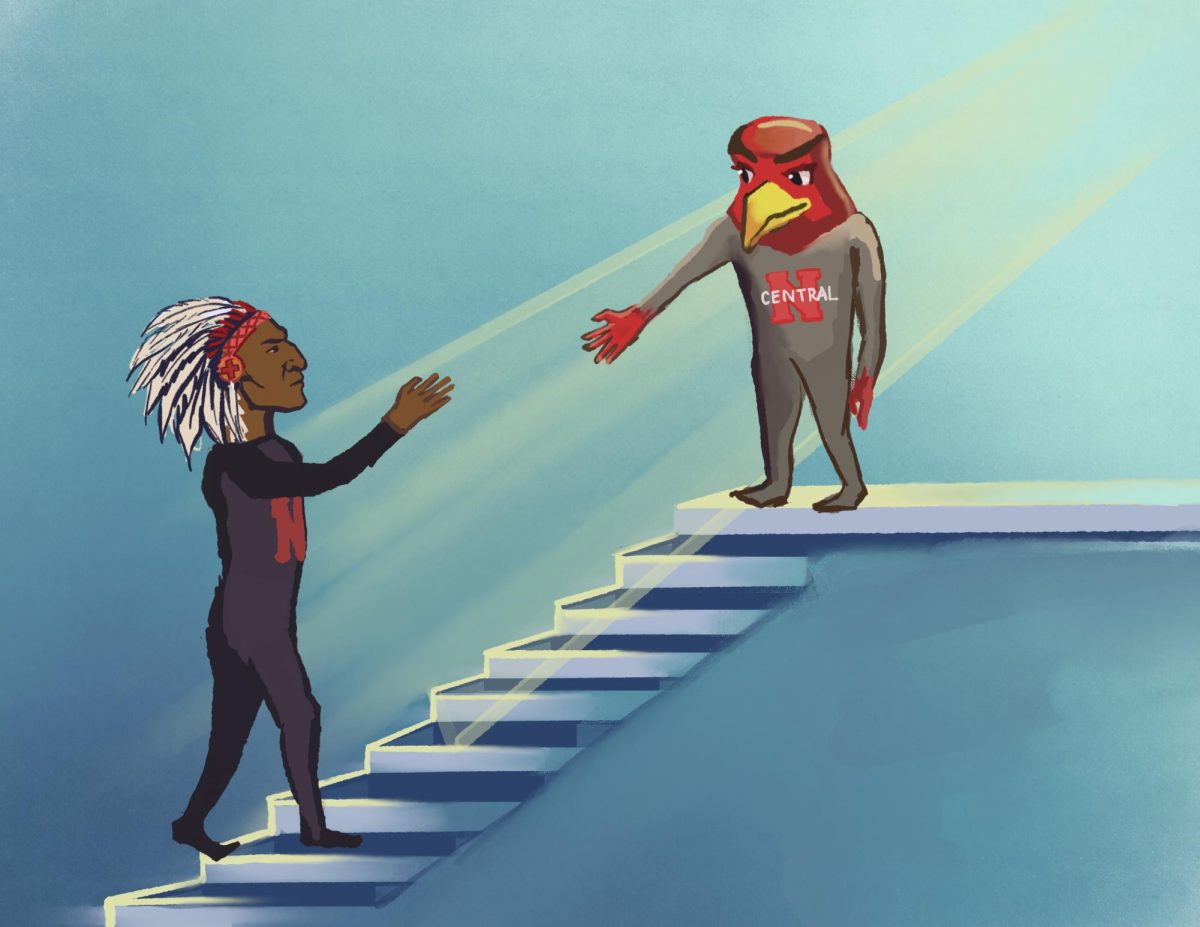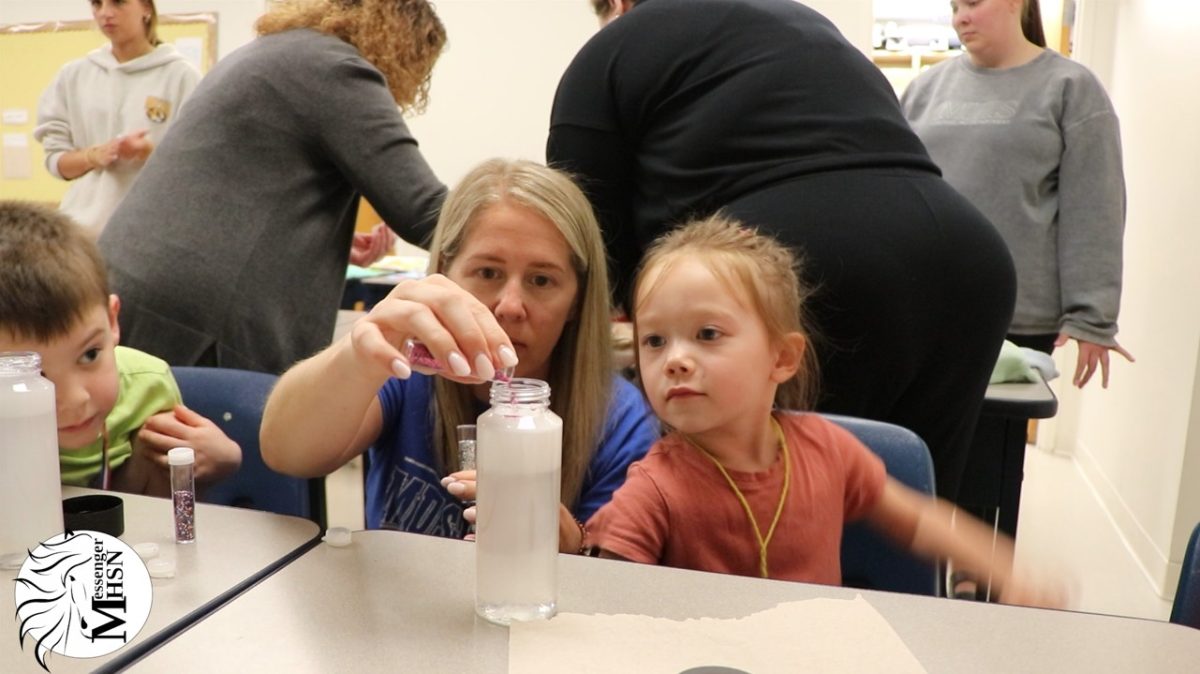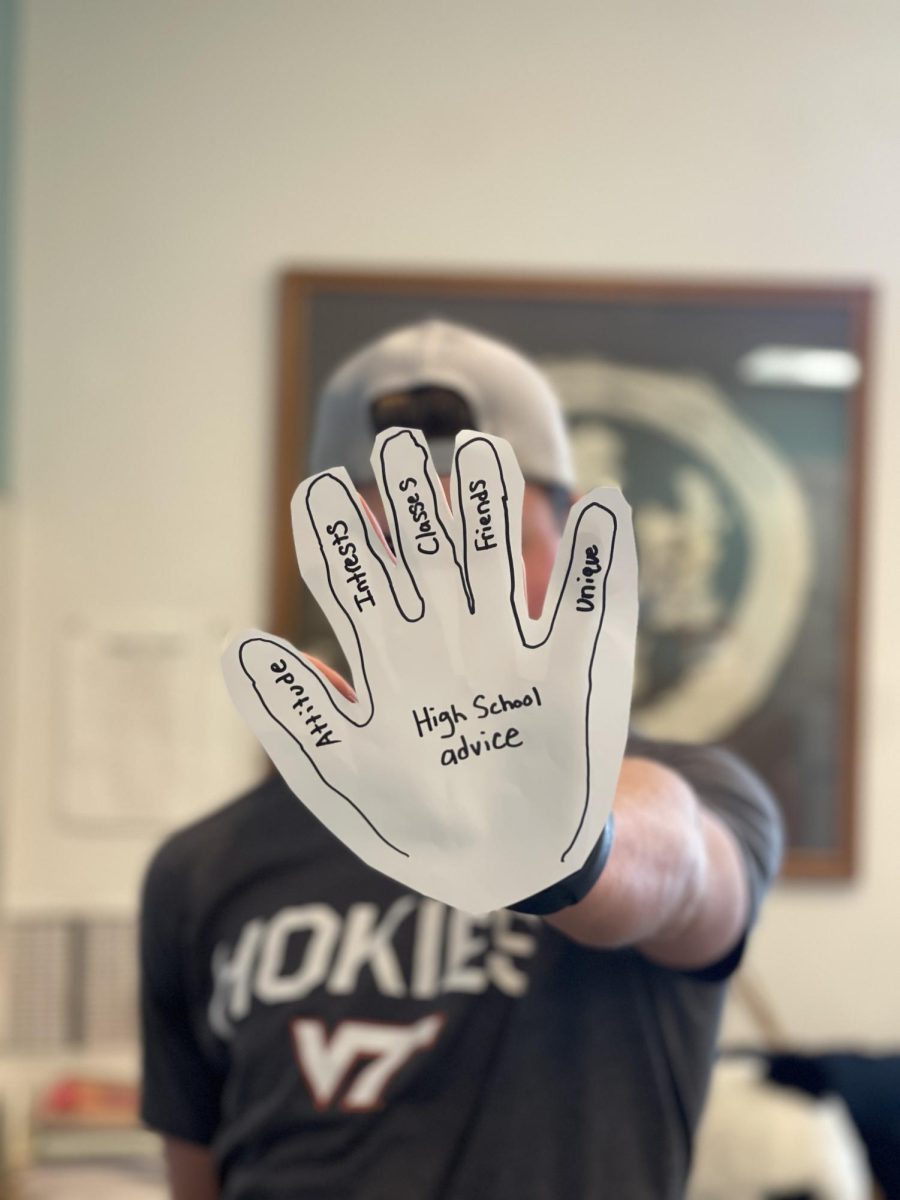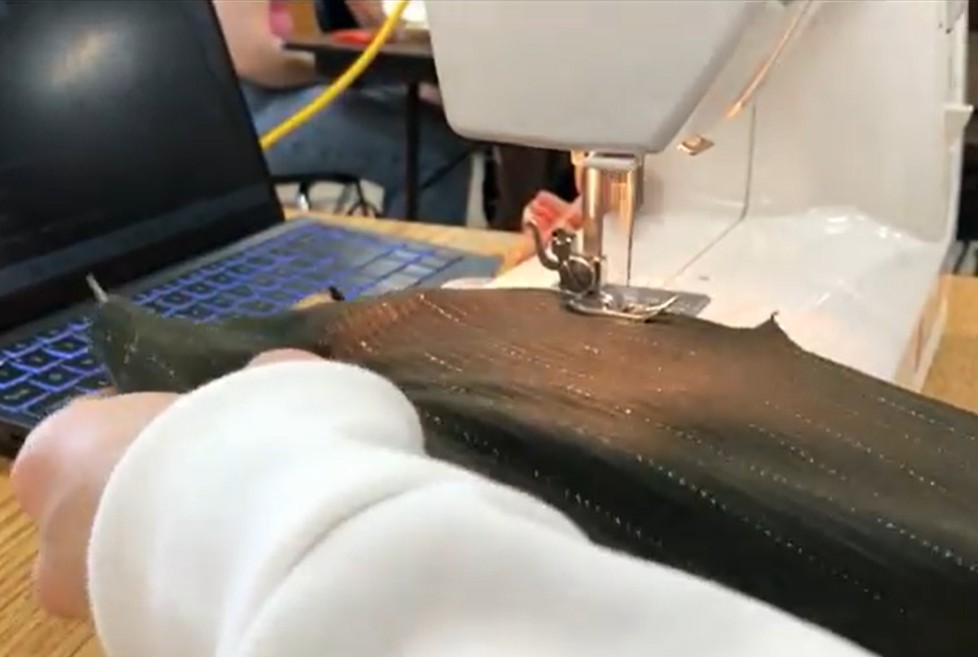As sophomore Orly Schube walks into her first period class, students, absorbed by their phones, pay no attention to the teacher as they wait for the final bell. This bothers Schube, who said kids should be more focused on what’s going on in their own lives than their phones.
“It makes me feel a little disappointed in our generation because while I understand people are tired, and I have just as much of a phone problem as they may have, it’d be good to get teenagers off their phones a little bit more,” Schube said.
The introduction of social media like Facebook, Instagram and Snapchat propelled the popularity of smartphones. Today, teens spend an average of almost five hours a day on social media, according to the American Psychological Association.
The History of Addiction
Palo Alto pediatrician Dr. Sabrina Braham, a mother of three teenagers, said it’s impossible to ignore the detriment of adolescents’ growing social media addiction.
“What I see in my own family and in my practice is that the things that kids are sacrificing to be on their phones are sleep, face-to-face interactions, relationships, their schoolwork and physical activity,” Braham said.
According to the National Library of Medicine, 24.4% of adolescents are social media addicts, and the risk of depression increases by 13% for each additional hour of social media use.
Child Development teacher Hilary McDaniel said these statistics reflect the addictive nature of social media.
“They are addicting brains, and the behavioral issues that arise from children when they aren’t getting those dopamine hits are really significant,” McDaniel said.
Changes on the Way
In September, Meta introduced Instagram’s “Teen Accounts,” allowing parents to set up built-in protections and restrictions on their child’s account. With the accounts, Meta also implemented content restrictions, private accounts until age 18 and integrated time management, features they say will help protect teens who use social media. These controls will appear in other Meta platforms later next year.
Governments have also begun taking greater action. In September, Gov. Gavin Newsom signed SB 976, which prohibits social media platforms from knowingly providing an addictive social media feed to minors without parental consent.
The legislation defines an addictive feed as a platform that selects and recommends media specifically tailored to a user. Addictive feeds are curated by analyzing data collected by a user’s device to make their feed more engaging.
McDaniel said she thinks teen social media use is outpacing safety measures.
“Everything is developing at such a rapid pace that parents can’t keep up, and these regulations are a good first step,” McDaniel said.
Senior Milan Towfiq agreed and said these systems will have a big impact on society.
“I think they are good,” Towfiq said. “I think a lot of people like us waste time on social media during the day, so putting limitations on that is good for society.”
However, even with the new policies proposed, Braham said these updates need to be enforced to ensure kids use social media responsibly.
“I fundamentally agree with the principle that there has to be some thinking and guardrails in place so that, as kids are exposed to these (rules), they can do it in a way that they can also learn self-regulation tools,” Braham said.
Teen accounts will now also automatically receive Instagram’s most strict content restrictions, limiting sexually suggestive content, content containing mentions of self-harm and all other content considered sensitive.
Teen Accounts will be required for any children under 16 but may be turned on by a parent for children 16 and over. This supervision includes parental access to messages, content overviews and screen time constraints.
Rocky Reception
Junior Savannah Taylor is not a fan of these kinds of restrictions.
“That’s a complete invasion of my privacy, having my parents being able to see everything,” Taylor said.
Teen accounts also recommend that kids leave the app after a total of 60 minutes each day and have a “sleep mode” that mutes all notifications from 10 p.m. to 7 a.m.
Sophomore Kate Lindstrom said these regulations will not have a significant impact on reducing teen social media use.
“Not receiving notifications seems stupid and pointless to me. Students are still going to be on their phones and checking their phones right before bed, so it isn’t going to do anything,” Lindstrom said.
California’s SB 976 also restricts social media platforms from sending notifications to minors between midnight and 6 a.m, and 8 a.m and 3 p.m, Monday through Friday, during the school year.
Towfiq said he has mixed feelings about these limits on notifications.
“During the day, there’s not really a reason to be getting social media notifications,” Towfiq said. “I feel like it’s overstepping boundaries a little bit when you extend it to night.”
The teen accounts will be implemented in the next month in the US, UK, Canada and Australia.
Age Verification Technology
To enforce their updated restrictions, Instagram said they will implement age verification technology requiring kids to confirm their age either using an ID, uploading a selfie or having a friend verify.
SB 976 will be implemented by the companies and enforced by the government after it goes into effect in January 2027. Author of SB 976 California State Senator Nancy Skinner said this legislature has made it clear that it is the government’s job to protect kids from harmful social media.
“Under SB 976, social media companies will no longer have the right to addict our kids to their platforms, sending them harmful and sensational content that our kids don’t want and haven’t searched for,” Skinner said. “From this day forward, California will be a safe haven, protecting our kids from social media addiction.”
McDaniel said the heavy impacts of social media on teens influenced her to support the new regulation.
“I just don’t feel like that’s a burden we should be placing on teachers, because I should have a loving, respectful relationship with my students,” McDaniel said. “It will depend on how it’s implemented.”
Braham said she agrees social media leads to increased anxiety around things like fake images portrayed online
“There are some very real ways that spending a lot of time on those kinds of platforms makes kids less happy,” Braham said. “Because comparison is the enemy of joy, and social media is comparison.”
This story was originally published on The Campanile on October 29, 2024.




